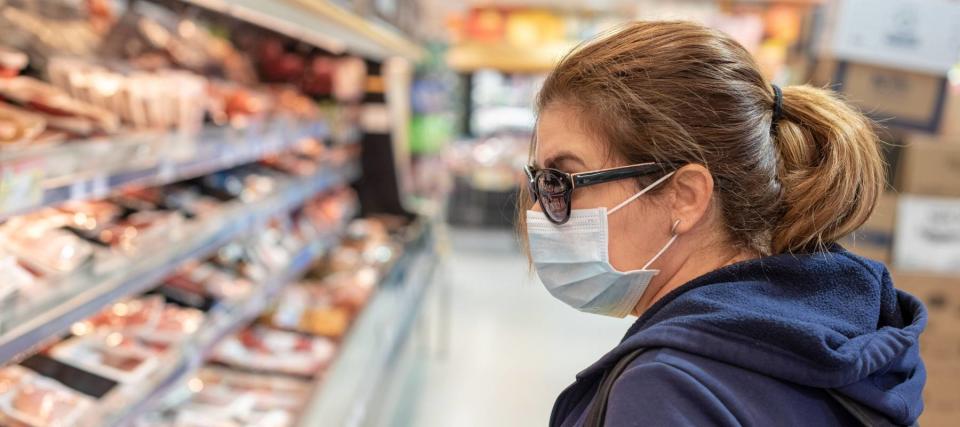Americans are planning for 2nd stimulus checks (if they ever come)

With the end of October bringing the average number of new COVID-19 cases to an all-time high, many Americans are preparing to hunker down for a long, difficult winter.
The government's first coronavirus stimulus check brought some much-needed relief — and you still have until Nov. 21 to claim one, if you haven’t already — but talks to provide a second round of cash keep grinding to a halt.
As millions of unemployed and furloughed workers wait anxiously for an announcement, new data shows what Americans did with the first payments — and the two most popular uses are surprising and not quite what lawmakers were hoping for.
Here’s how the majority of Americans used their first checks, and what they're planning to do with another (if it ever comes).
Most money from the 1st checks wasn't 'spent'

Although “economic impact payment” is the official term, those $1,200 gifts from Washington are commonly called stimulus checks. That’s because lawmakers assumed recipients would spend the money, helping to stimulate the economy and jump-start a recovery.
However, analysts at the Federal Reserve Bank of New York found that, as of June, only 29% of the relief money was used for spending.
Instead, Americans tended to devote their stimulus checks toward savings (36%) or reducing their debt (35%).
The New York Fed chalks up this restraint to a few different factors: uncertainty about how long the pandemic will last, limits on in-person shopping, and temporary delays on rent payments (which economists count as spending) during the first few months of the lockdown.
If another relief payment arrives, projections show American households would spend even less of the cash the second time around.
What Americans plan to do with a 2nd round of checks

Americans only expect to spend 24% of any additional relief payment, a recent New York Fed survey found. That includes 14% on essentials, 7% on nonessentials and the rest on donations.
Most Americans plan to put around 45% of a second stimulus check toward their savings and just over 30% toward paying off their debt.
Unfortunately, with the Democrats and Republicans still deadlocked on the terms of a new relief package, no one will be able to put those plans into action anytime soon.
How to create your own relief payment

In September, long-term unemployment hit its highest rate since the start of the pandemic, and the prospect of another widespread lockdown could mean more layoffs are imminent.
While you wait for news of a second stimulus package, here are a few quick ways to inject some extra money into your bank account.
Earn cash back on your groceries. When times are tight, every penny helps. There’s a free app that will let you earn you cash-back rewards on your groceries just by snapping a picture of your receipt.
Get discounts when you shop online. If you do a lot of your shopping from the comfort and safety of home these days, you should consider using a free browser extension that will automatically look for better deals and coupon codes on the items you’re browsing.
Refinance your mortgage. Mortgage rates are currently sitting at all-time lows. If you’re a homeowner, you may be able to save hundreds a month in interest by refinancing into a better rate.
Pay less for your car insurance. By shopping around and comparing rates from multiple insurance companies, you could potentially pay up to $1,100 less for the coverage you currently have.
Capitalize on your hobbies. If you’ve got a special talent like writing, drawing or web design, you may be able to turn your hobby into a side gig. Jump on an online marketplace and see if you can replace some — or all — of your regular income.
Sell your old stuff online. Those classic toys you’ve been holding onto could be worth thousands of dollars online, so look into selling them on eBay.

 Yahoo Finance
Yahoo Finance 